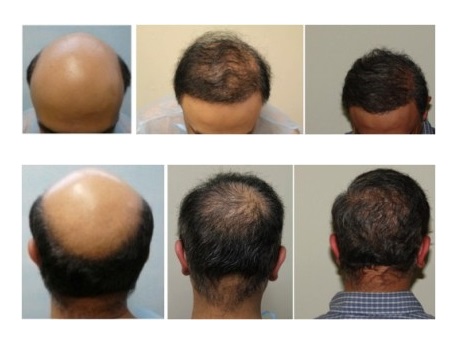Results of using body hair follicles can be made to look very natural and virtually undetectable.






THE ORIGINS OF USING FACIAL HAIR FOLLICLES IN BEARD HAIR TRANSPLANT
Follicular unit extraction, or FUE, first came about in the 1980’s but was largely developed in the 1990’s. This method harvests donor hair in individual follicular units. It was an instant competitor to strip harvesting due to the fact that strip harvesting removes a strip of flesh from the donor zone—a guarantee for a linear scar.
Follicular unit extraction is:
- Minimally invasive
- Requires no staples, stitches, or other wound sutures
- Proffers a quick healing and recovery time
- Allows for superior hairline design due to the wider selection of donor hair (typically hair from the nape of the neck is ideal)
- The origin of beard hair transplant
This video features a patient whose restoration used beard hair only.
CANDIDATES FOR BEARD HAIR TRANSPLANT PROCEDURES
Before FUE made it possible to venture outside of the traditional donor area, to non-head hair, there were many prospective hair transplant patients turned away as poor candidates. They were turned away because they were too bald for hair transplant to be successful. It seems counterintuitive that you have to have hair to get more hair, and that those most in need were not serviceable.
The use of facial hair follicles is a groundbreaking technique designed to service the severely bald. Beard hair has a higher than 80% long-term graft survival rate and has been used with great success to restore confidence and quality of life to the NW 7’s of the hair loss world.
Beard hair transplant surgeries can:
- Create dense coverage for severely bald patients
- Fill scars from prior surgeries
- Be used in combination with head hair to create the ultimate natural look
If you would like to learn more about the applications of using facial hair follicles to reverse the signs of hair loss, click here to read more.

